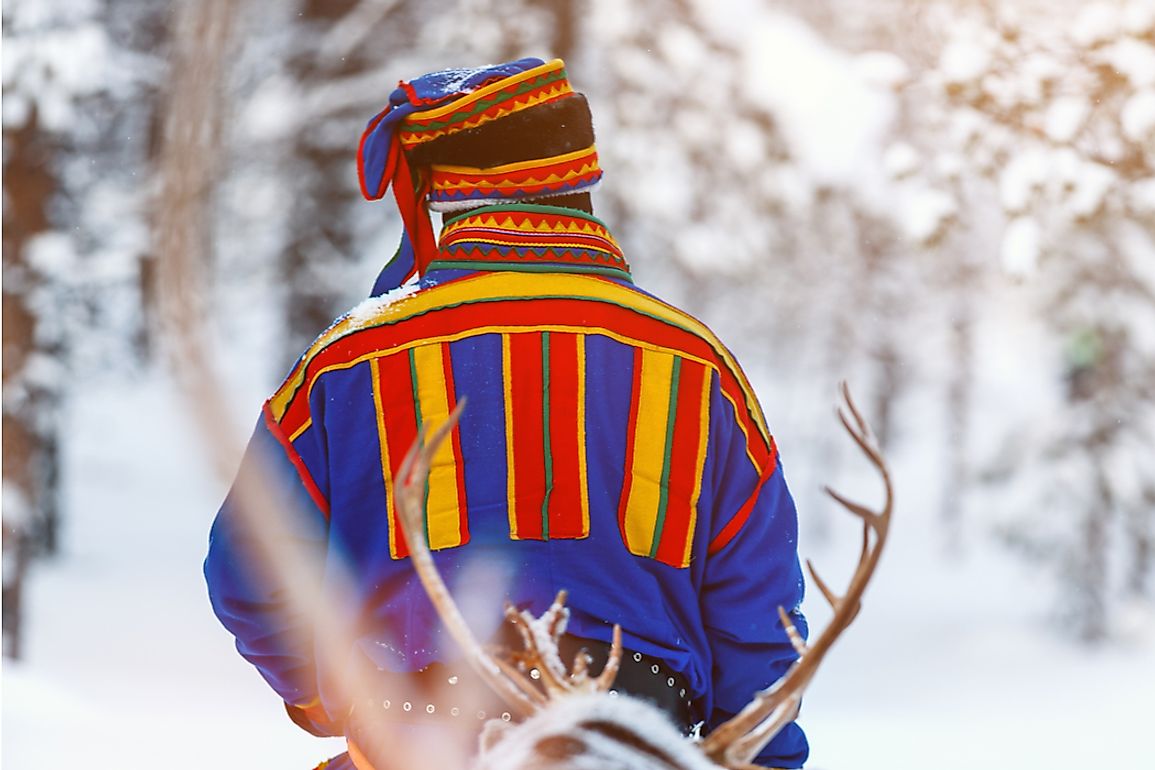Where Is The Sápmi Cultural Region Located?

The Sami people live in a cultural region that covers the northern regions of Finland, Norway, Sweden, and the Kola Peninsula of Russia in a geographical region called Fennoscandia. The Sami call this area Sápmi but it is usually referred to as Lapland by outsiders.
History of the Sami
The oldest known documentation regarding the Sami was written by Tacitus (c.56 - c.120 CE), a Roman senator and historian. In 98 CE he wrote about people in a place called Thule. At the time, this was a term used to to describe a part of Europe that many now believe refers to modern-day Norway. Tacitus described them as a people who sported fur clothing, pursued reindeer, and traveled using skis.
Sometime around the year 890 CE Ohthere of Hålogaland, a Norwegian seafarer, recounted how the Sami (Finnas) cohabited with reindeer that they had domesticated and administered into herds. Ohthere was only known from the accounts he gave of his journeys through the Arctic to Alfred the Great, the King of Wessex.
Who Are the Sami People?
Languages
The language of the Sami is divided into three major groupings, Central, Eastern, and Southern Sami. These groups are then further divided into nine unique variants. The Sami language has no historical documentation, as there was not always a written standard for it and some variants still don't have a written standard. This makes these accounts by Tacitus and Ohthere of Hålogaland two of the oldest written about the Sami.
Culture
The Sami people are indigenous to the Sápmi Cultural region having lived there for many thousands of years, even before recorded human history. They have an intimate relationship with nature and the environment, which stems from their long history as self-reliant nomads who relied on regional wildlife to support their lifestyle.
For most of their history, the Sami people worked in occupations based around herding, trapping, and fishing. However, the best known traditional occupation linked with them is the unique and time-honed practice of reindeer husbandry. Today, most Sami people help to support their work in reindeer husbandry by using their skills to help directly support the area's tourism industry.
Starting in the 15th century, the Sami people started to come under growing pressure to assimilate with the culture and society of the European powers whose country they were located in. In the 19th century, this accelerated as various industrial interests like forestry and mining came into the area. Another spurt came during the rebuilding that took place after World War II (1939-45), which brought even more modernization to the Sápmi Cultural region.
Population
There is currently no census to account for the actual number of Sami people in the four countries that they are found in. However, it has been estimated that their population is somewhere between 80,000 to 100,000 people spread over the Sápmi Cultural region. It is believed that there Norway has the most Sami, with it being estimated that their are around 50,000 to 65,000 in the country. Next is Sweden, which has between 20,000 to 40,000 Sami. Finland is though to only have around 8,000, while Russia has the least with only about 2,000.











